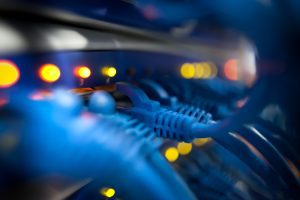In a previous post, we described the self-healing aspect of the smart grid that minimizes the extent of outage and enables a more rapid restoration.
Two pioneering projects are currently evaluating a decentralized deployment of this automation and control solution that deploys a fault location and isolation (FLISR) algorithm sequentially at several nodes of an underground network. It determines the existence of an upstream or downstream fault and distributes status intelligence between nodes with peer-to-peer communication across the public cellular network. The involved feeder section is automatically isolated so that supply can be restored to remaining customers.
A pilot implementation of this self-healing solution in the Netherlands is examining self-healing on a MV (20kV) cable network. The Greenlys smart grid project in France is evaluating grid self-healing at full scale, on a portion of grid containing 29 MV/LV substations. As decentralized implementations, these solutions are scalable and are highly adaptable to grid modification or extension. (It should be noted that self-healing automation also can be applied to the underground networks often used in the private industrial grid, as well as the public utility network with overhead lines.)
While these projects are instilling technical experience, they also are revealing a key aspect of grid automation: the utility’s need to manage the paradigm shift involved for technical staff who would be changing procedures used for decades. Building their confidence in the automated solution, through training and experience, is vital for success.
On the other hand, the self-healing grid helps maintain optimized service as aging employees with decades of experience retire in significant numbers.
These projects, and similar implementations around the world, are demonstrating the ability of a self-healing solution to support uninterrupted supply and a reliable grid – and the need for distribution automation to be incorporated in future grid design.


